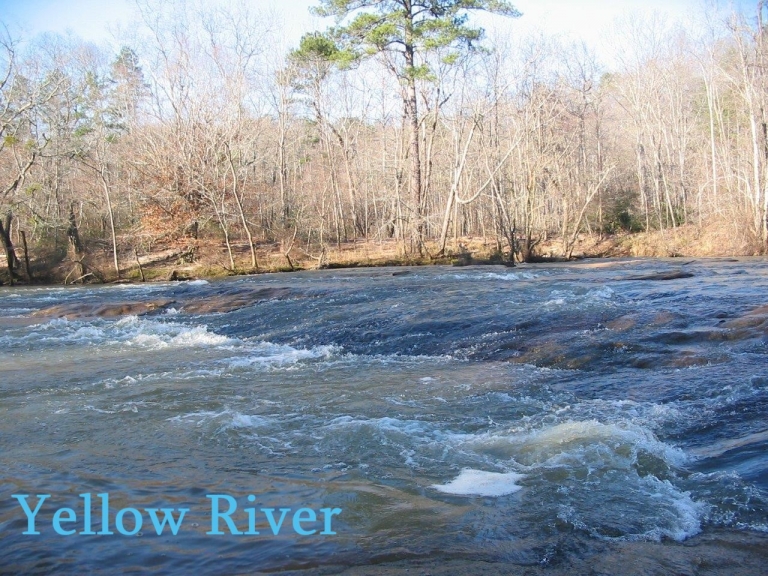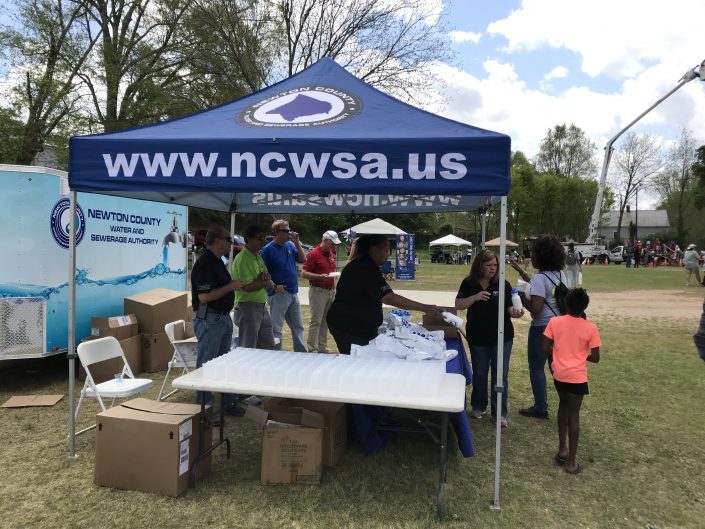

On the fourth of that month, the recently built house of Hemphill game warden Mike Alexander was burned to the ground just a few hours after Alexander had cited dogmen for hunting violations. Last December the flames came way too close for comfort. Even as state officials dread this inevitability, many agree with what one of them said aloud, just as the burning season of 1995 began: “It’s going to take a few funerals before anyone realizes what we’re dealing with out here.” But the particularly vicious nature of sapling fires, combined with the violent relationship between many East Texas hunters and state game wardens, guarantees that this will surely change. No one had yet died from a dogman’s fire. The smoldering cotton balls had cost the timber companies hundreds of thousands of dollars in lost saplings, the state tens of thousands more to put out the fires-not to mention endangered the lives of the Texas Forest Service’s firefighters. The three young men by the barbecue pit were believed to have torched thousands of acres in a region known as the Devil’s Pocket, forty miles due north of Orange and just west of the Louisiana border. But you would still have to take the arsonists seriously. You would have to be more than a little gullible to believe all of this. And if you believed them, the dogmen only wanted a little consideration-say, half a season to run their dogs-and then the burnings would stop. If you believed them, the state had taken the caretakers of a great East Texas tradition and made them outlaws. If you believed them, their enemies-the Texas Parks and Wildlife game wardens-were henchmen of the timber barons, who wanted the dogmen off their property so that it could be leased to rich hunters from the city. If you believed them, a true sportsman didn’t ambush deer while sitting in a blind rather, he set out his dogs and waited for that split second afforded him to aim and spray his buckshot at the blur zigzagging through the woods. If you believed the thirty or so dogmen who were thought to be responsible for the fires, deer hunting was the only way to feed their families. There had always been arson in the vast forests of East Texas, and for the past seven years many of the suspects were dogmen-the hunters who continued to hunt deer with dogs even after the banning of the sport in 1990. The cotton ball sat there, billowing smoke. Just as the flame began to catch, he blew on the cotton ball, then flung it into the muddy grass nearby. The young man held out a fist-size ball of cotton and dipped it into the barbecue pit.

He retreated to a toolshed, accompanied by his hunting dog-a Walker hound bred for chasing deer-and returned with his hand behind his back, grinning fiendishly. The third gazed at the muddy ground while a smile slowly formed on his unshaven face. Another hunter stared blankly at a lumber truck rumbling south down Texas Highway 62 toward Mauriceville.
Newton county water authority hunt full#
One of them turned away and stirred the coals in the barbecue pit, preparing the fire for the freshly dressed deer that the three had killed just yesterday, a full week after the close of deer season. W hen asked how they went about the business of setting the woods on fire, the three young men who had been discussing their love of hunting fell into an abrupt silence.
Newton county water authority hunt archive#
Read more here about our archive digitization project.


We have left it as it was originally published, without updating, to maintain a clear historical record. You need JavaScript enabled to view it.This story is from Texas Monthly ’s archives. You need JavaScript enabled to view it."> This email address is being protected from spambots. This email address is being protected from spambots. *Not guaranteed up-to-date please contact us if you wish to add or remove listings Government Agencies Visit Programs for contact information for federal and state agencies, nonprofit organizations, and associations that work statewide. Natural Agricultural Statistics Service Data by County.Newton County Geospatial Data from the Cooperative Extension Service.


 0 kommentar(er)
0 kommentar(er)
